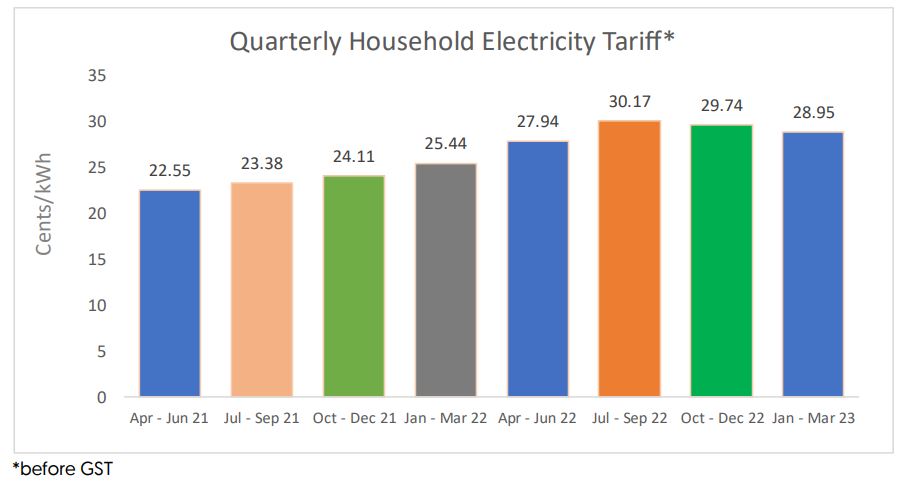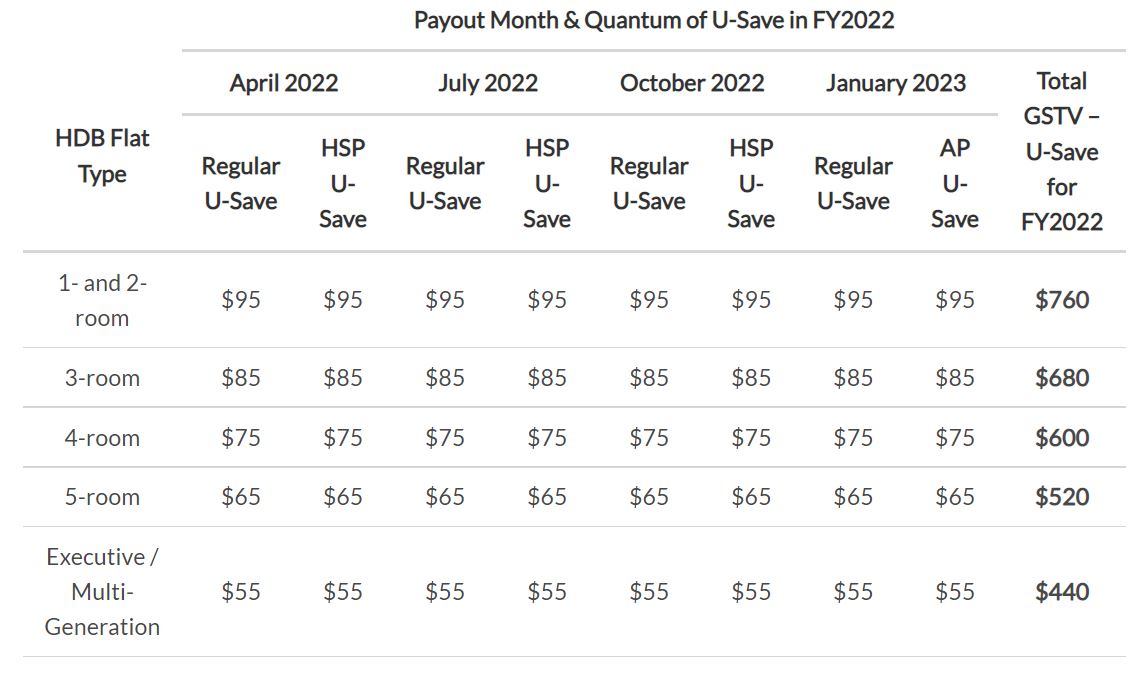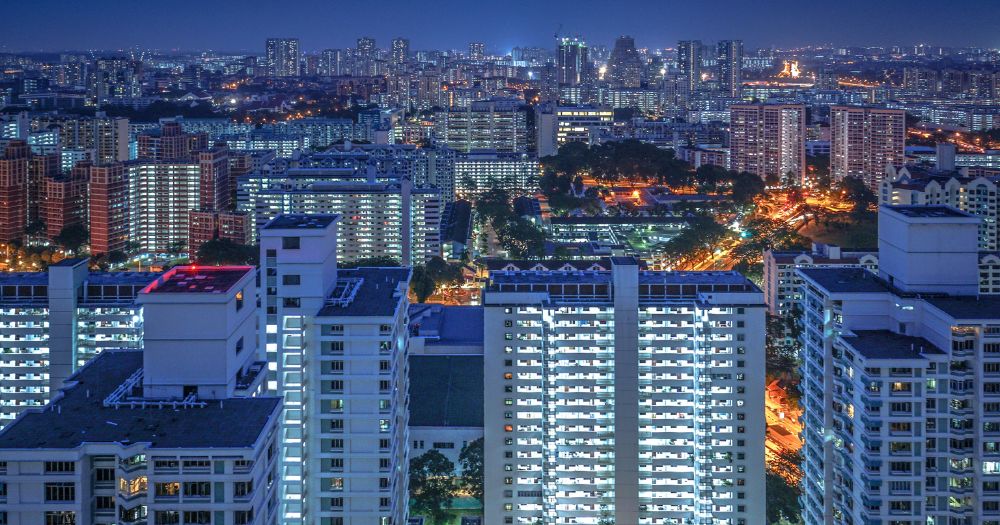By now, you would probably be feeling the pinch of high electricity prices.
After six consecutive quarters of increase, we have started to see a decrease in electricity tariffs for two consecutive quarters in the second half of 2022.
According to a press release by SP Group on Dec. 30, 2022, for the period of Jan. 1 to Mar. 31, 2023, the electricity tariff for households (before GST) will decrease by 2.7 per cent or 0.79 cent per kWh compared with the previous quarter.
This is due to lower energy costs compared with the previous quarter.
 Source: Screenshot via SP Group website
Source: Screenshot via SP Group website
The average monthly electricity bill for families living in HDB four-room flats will decrease by S$2.63 (before 8 per cent GST).
A joint press release by the Monetary Authority of Singapore (MAS) and the Ministry of Trade and Industry further highlighted that electricity and gas inflation in November was 16.7 per cent.
Nevertheless, considering that electricity prices have been on an upward trend, why has that been the case and what can be done about it?
High electricity prices due to rebound in global economic activity and geopolitical conflict
Singapore relies on imported natural gas for about 95 per cent of its electricity supply, according to the Energy Market Authority (EMA).
This means that energy developments around the world will naturally have an impact on Singapore’s electricity prices, with higher fuel prices globally pushing up domestic electricity prices. Singapore is not alone in this though. Electricity prices have spiked sharply in other parts of the world.
Earlier in October, the Monetary Authority of Singapore (MAS) released a special report on how energy and food commodity prices have risen globally due to several reasons:
"Economies around the world started recovering from Covid-19 during 2021, leading to a rebound in oil and food consumption.
However, during the same period, OPEC+ kept oil supply below pre-Covid levels, depleting oil inventories and raising oil prices.
Meanwhile, higher freight prices, costlier inputs and trade restrictions during the pandemic caused food prices to increase.
Finally, the ongoing Russia-Ukraine conflict has further disrupted energy and food supply chains."
In October, CNA also reported that countries in Europe faced growing unease as they prepared to enter winter in the Northern Hemisphere:
"Soaring prices across various energy sources, including oil, natural gas and coal, are affecting consumers, who have to deal with rising inflation and rocketing utility costs."
Because of the sky high energy bills, inflation in the UK was driven up even more than expected to a 41-year high in the same month, according to Bloomberg.
And in November, Reuters reported that Japan, South Korea and China were "stockpiling fuel, diversifying sources and conserving power to ensure adequate supplies for winter," as the global energy crisis had made spot liquefied natural gas (LNG) purchases expensive. This also resulted in a surge in Asian spot prices.
Another article published in December by Bloomberg noted that "China’s pivot away from Covid Zero could boost natural gas demand in the world’s biggest importer, potentially curbing supply to Europe and other Asian’s nations".
So what can I do on a personal level?
While the high prices are unlikely to taper off anytime soon, according to the regional managing director of sustainability solutions at Engie Impact, Malavika Bambawale, finding energy efficient alternatives is the simplest way for Singaporeans to keep their electricity bills low, The Straits Times reported.
She was quoted as saying, "For example, replacing incandescent bulbs with fluorescent or LED bulbs can already make energy use 10 to 20 times more efficient. The challenge lies in the initial investment needed to adopt energy-efficient equipment."
Individuals can find out more about the vouchers to help you make this switch to more environmentally friendly equipment. Launched by the National Environment Agency (NEA) and Singapore’s National Water Agency PUB, this programme was set up to encourage households to switch to appliances or water fittings that use less energy or water.
What about businesses?
Business owners can check out the Energy Efficiency Fund (E2F) offered by NEA, which is an umbrella scheme consisting of five different grants to support businesses with industrial facilities to improve energy efficiency.
You can also consider other initiatives, such as the Building and Construction Authority’s (BCA) various Green Mark Incentive Schemes, and the Enterprise Sustainability Programme (ESP) by Enterprise Singapore, to help companies develop sustainability capabilities.
What has the government done to address recent hike in prices?
The government has also increased the relief for Singaporeans to cope with the high prices.
Here are some benefits that you should keep an eye on.
Provision of U-Save rebates and utilities credit
One of the measures is the provision of GST Voucher (GSTV) - U-Save to eligible Singaporean HDB households.
As announced in Budget 2022, eligible households would have received double their regular GSTV – U-Save for the financial year of 2022.
This is credited through the Budget 2022 Household Support Package for the months of April, July and October 2022 and the Assurance Package for GST in January 2023.
Here is a summary of the U-Save rebates each housing type would have received for the financial year of 2022.

On top of that, around 1.2 million Singaporean households living in both public and private housing have received a one-off S$100 Household Utilities Credit (HUC) in September 2022, according to the Ministry of Finance.
The HUC is part of the S$1.5 billion package earlier announced by Deputy Prime Minister and Minister for Finance Lawrence Wong on Jun. 21 to help Singaporeans cope with higher inflation.
This sponsored article made the author more self-conscious about the kind of lighting he is using in his house.
Top image by Mike Enerio/Unsplash
If you like what you read, follow us on Facebook, Instagram, Twitter and Telegram to get the latest updates.
